In the pantheon of animated superhero lore, the early 2000s graced us with a gem known as ‘Teen Titans’. From 2003 to 2008, this colorful ensemble of adolescent crusaders flitted across our screens, deftly blending the angst of teenage existence with the escapades of masked vigilantism. With a penchant for both introspective brooding and slapstick shenanigans, ‘Teen Titans’ carved a niche that resonated with the zeitgeist of a generation raised on both comic books and Cartoon Network.
Let’s traverse the highs and lows of this animated odyssey, praising the vibrant storytelling and character arcs that made it a standout. But, like many great dramas, the show met its denouement not with a bang, but with a perplexing whimper. We’ll ultimately lament the finale’s departure from the cohesive and satisfying narrative fans had come to expect. Still, let’s not allow the bewildering misstep of its finale overshadow our celebration of this animated series’ brilliance.
Buckle up for a nostalgic jaunt through the hallowed halls of Titans Tower, with a critical eye cast toward its enigmatic last chapter. After all, ‘Teen Titans’ remains enshrined as one of the most inventive and heartfelt cartoons of its era, even if its concluding episode, “Things Change,” left fans scratching their heads in dismay.
Overview of ‘Teen Titans’
Imagine a realm where teenaged crusaders grapple not only with dastardly villains, but also with the quotidian tribulations of adolescence. Welcome to the world of ‘Teen Titans’, where Robin, Starfire, Beast Boy, Cyborg, and Raven navigate the treacherous waters of both heroism and teenage angst with equal aplomb.
The series opens with a veritable bang, as Robin, erstwhile sidekick to the Dark Knight, steps into the limelight as the de facto leader of this eclectic quintet. His leadership is complemented—or perhaps complicated—by Starfire, an effervescent alien princess whose innocence and enthusiasm light up the screen.
Beast Boy, the resident shapeshifter, brings a touch of levity with his perpetual hijinks. Meanwhile, Cyborg’s technological prowess and unyielding spirit add a layer of grounded heroism. Finally, there’s Raven, the dark, enigmatic sorceress, whose internal struggles with her demonic heritage provide some of the series’ most compelling narrative arcs.
How could such a motley crew coalesce into a coherent unit? Therein lies the genius of Teen Titans. With its deft blend of American comic book sensibilities and Japanese anime aesthetics, ‘Titans’ creates a universe where emotional depth and cartoonish exuberance coexist in harmonious discord. Each episode is a kaleidoscope of kinetic action sequences, poignant character moments, and the occasional bout of whimsical absurdity.
Critics and fans alike were enchanted from the outset. This show dared to be more than the sum of its parts, offering rich storytelling that resonated with viewers of all ages. Its influence extended beyond the confines of the television screen, inspiring a generation of young minds to embrace the complexities of heroism, friendship, and self-discovery.
As the series progressed, it became apparent that ‘Teen Titans’ wasn’t content to rest on the laurels of its initial success. The narrative deepened, exploring themes of identity, trust, and sacrifice with a sophistication rarely seen in children’s programming. Episodes like “Haunted,” where Robin grapples with his obsessive quest to defeat Slade, and the three part arc of “The End,” which sees Raven confronting her apocalyptic destiny, stand as testaments to the show’s ability to tackle weighty subjects without losing its playful spirit.
In summary, ‘Teen Titans’ was a veritable master class of animated storytelling, balancing the light and the dark with the serious and the silly. It’s against this backdrop of excellence that the series finale, “Things Change,” casts a shadow, a discordant note in an otherwise symphonic narrative. But, that’s a discussion for a future section. For now, let’s revel in the brilliance of a show that dared to soar to great heights, even if its landing was less than graceful.
Strengths of the Series
Character Development
To truly appreciate the marvel that was ‘Teen Titans’, let’s consider the intricacies of its character development. In an animated landscape often populated by one-dimensional heroes and villains, ‘Titans’ gifted us with a richly textured cast of characters.
Robin, with his relentless pursuit of justice, is a study in leadership and obsession. His journey from sidekick to self-sufficient leader is not just a narrative arc; it’s a masterclass in character evolution. His interactions with the team, particularly with the effervescent Starfire, reveal layers of vulnerability and determination that resonate deeply.
Starfire herself is a luminescent beacon of joy. Her alien naiveté serves as both comic relief and profound commentary on the human condition. Star’s innocence is not a mere foil to the darker elements of the show, but a necessary counterbalance that enriches the overall narrative.
Beast Boy, the green-hued shapeshifter with a penchant for pranks, is the heart of the team. Beneath his jocular exterior lies a character grappling with issues of identity and acceptance. His journey is a poignant exploration of self-worth and belonging.
Cyborg, part man, part machine, is a character caught between two worlds. His struggles with his technological enhancements provide a compelling metaphor for the modern human experience, where technology and humanity are inextricably intertwined.
Finally, there’s Raven, the brooding sorceress whose internal battles with her demonic lineage form some of the series’ most gripping storylines. Her evolution from a detached, enigmatic figure to a trusted and beloved member of the team is a testament to the show’s commitment to deep, character-driven storytelling.
Storytelling and Themes
If character development is the lifeblood of ‘Teen Titans’, then its storytelling is the beating heart. The show’s ability to weave humor, action, and serious themes into a cohesive whole is nothing short of an outstanding work of alchemy. Each episode is a delicate balance of levity and gravity, a tightrope walk that the series executes with aplomb.
Take, for instance, the episode “How Long Is Forever?” where Starfire is transported to a dystopian future. This narrative device not only provides a thrilling adventure, but also serves as a meditation on the passage of time and the bonds of friendship. Or consider “Aftershock,” where the Titans’ new friend Terra’s betrayal and redemption arc unfolds with Shakespearean complexity.
The show’s themes are equally varied and profound. Friendship, identity, and responsibility are explored with a depth that belies the animated format. Episodes like “The Beast Within,” where Beast Boy grapples with his animalistic instincts, and “Birthmark,” which delves into Raven’s predestined apocalypse, are as thought-provoking as they are entertaining.
Animation and Style
The animation ‘Teen Titans’ stands out like a vibrant mural amidst a sea of grayscale sketches. The show’s distinctive blend of American comic book aesthetics with Japanese anime flair results in a visual style that’s both unique and captivating. The dynamic action sequences are a feast for the eyes, while the quieter, more introspective moments are rendered with a delicate beauty.
The animation is complemented by an eclectic soundtrack that ranges from the energetic opening theme by Puffy AmiYumi to the atmospheric scores that underscore the series’ more dramatic moments. This auditory tapestry enhances the viewing experience, drawing viewers deeper into the world of the Titans.
Titans’ Impact and Legacy
To measure the impact of ‘Teen Titans’, one need only look at the landscape of animated superhero shows that followed in its wake. The series set a new standard for what could be achieved in this genre. It inspired a slew of successors to strive for the same balance of depth and entertainment.
Teen Titans’ legacy extends beyond the small screen, influencing comic book adaptations, merchandise, and even a spirited fanbase that continues to celebrate the series long after its original run. ‘Titans’ became a cultural touchstone, a beacon of what animated storytelling could achieve when given the freedom to explore, innovate, and, occasionally, delve into the darker corners of the human (and superhuman) psyche.
As we bask in the glow of its myriad achievements, we must brace ourselves for the inevitable discussion of its denouement, a finale that left many a fan as bewildered as Beast Boy at a math quiz. But let us not linger on that for now; let us revel in the brilliance that was, before we lament the ending that was not.
Critique of the Finale: “Things Change”
Every grand saga, it seems, must have its Achilles’ heel, and for ‘Teen Titans’, that vulnerability lies in its swan song, “Things Change.” The finale, if one can call it that without a hint of irony, managed to transform a robust, vibrant series into a puzzling conundrum that left fans as flummoxed as Raven sans her mystical powers.
Plot Overview
The episode begins with a rather disconcerting bang. Our intrepid heroes return to Jump City only to find it, well, different. Buildings have sprouted where there were none, and familiar haunts are no longer. Change, it seems, is afoot. But, the real twist of the knife comes when Beast Boy encounters a resurrected Terra, or someone who looks suspiciously like her. Terra, the erstwhile geomancer whose tragic arc was one of the show’s high points, is now inexplicably back, sans memory and interest in her former life.
What ensues is an episode steeped in ambiguity. Beast Boy’s desperate attempts to rekindle Terra’s memories are met with indifference, while the other Titans battle an insipid villain, a pale reflection of their former nemeses. The narrative culminates not in a resolution but in a question mark, as Terra walks away into the proverbial sunset, leaving Beast Boy—and the audience—in a state of unresolved melancholy.
Points of Disappointment
The most glaring flaw of “Things Change” is its stark deviation from the show’s established narrative coherence. After seasons of meticulously crafted story arcs and character developments, the finale feels like an unresolved afterthought — it’s a non-sequitur in an otherwise well-composed symphony.
Lack of Resolution: One of the series’ strengths was its ability to wrap up storylines with a satisfying sense of closure. From Raven’s apocalyptic confrontation with her demonic father to Cyborg’s reconciliation with his dual nature, the show consistently delivered emotional and narrative payoffs. The finale, however, eschews resolution in favor of ambiguity. Terra’s return, rather than providing a cathartic reunion or a definitive explanation, leaves viewers dangling on the precipice of “what if.”
Character Disservice:The handling of Terra’s character in the finale is particularly irksome. Her original storyline, replete with betrayal, redemption, and self-sacrifice, was one of the show’s most poignant arcs. To reintroduce her as a blank slate devoid of her rich history feels like a betrayal to the character’s legacy. Similarly, Beast Boy’s emotional turmoil is laid bare with little to no resolution, making his journey feel unfinished and his suffering unnecessary.
Ambiguity and Open-Endedness: While ambiguity can sometimes be a narrative strength, in the case of “Things Change,” it serves only to frustrate. The episode’s open-ended nature, rather than sparking thoughtful contemplation, leaves the audience with a sense of incompletion. After investing in the characters and their journeys, fans were left with more questions than answers—a puzzling choice for a series finale.
Fan Reactions: The fanbase’s reception of the series finale was a cacophony of confusion and disappointment, a stark contrast to the praise lavished upon earlier episodes. The unresolved plot threads and the ambiguous fate of Terra felt like a disservice to the show’s loyal followers.
In reflecting on ‘Teen Titans’, we must acknowledge the brilliance of its journey, even as one laments its ultimate destination. The series, with its rich character development, innovative storytelling, and unique style, stands as a testament to the heights that animated television can reach. Its influence and legacy are undeniable, inspiring countless fans and future creators.
Yet, the finale, “Things Change,” remains a blemish on this otherwise stellar record. It reminds us that even the most glorious of narratives can falter at the finish line. As we look back on the adventures of the Titans, we do so with a mixture of fondness and a tinge of regret for what might have been—a perfect ending to a near-perfect show.
Future Works of the Teen Titans
As we bid adieu to the Teen Titans first animated series, it is impossible to overlook the indelible mark they left on the tapestry of animated television. For five seasons, this motley crew of adolescent superheroes enchanted audiences with their blend of dynamic action, nuanced character development, and heartfelt storytelling. The series deftly balanced lighthearted antics with moments of profound introspection, creating a narrative that appealed to both the young and the young at heart.
Reflecting on the series as a whole, it is clear that ‘Teen Titans’ set a benchmark for animated superhero shows, proving that such series could be both entertaining and emotionally resonant. Despite the disappointing finale, the show’s legacy endures, a testament to its innovative approach and the strong connection it forged with its audience.
Following the series’ conclusion, the Teen Titans continued their adventures in the realm of comic books. These adaptations sought to bridge the gap left by the show’s ambiguous ending, offering fans new stories and deeper dives into their favorite characters. These comics helped to sustain the Titans’ popularity, keeping the spirit of the original series alive while exploring new avenues for character growth and storytelling.
The Success of ‘Teen Titans Go!’
In a curious twist of fate, the Titans would return to the small screen in 2013 with ‘Teen Titans Go!’, a series that eschewed the original’s dramatic and action-packed format for a more comedic and irreverent tone. This reboot was a radical departure, transforming the brooding heroes into caricatures of their former selves, engaging in outlandish and often absurd antics.
Despite initial skepticism from die-hard fans of the original series, ‘Teen Titans Go!’ found its own niche and achieved considerable success. Its humor, pop culture references, and self-aware style resonated with a younger audience, while its occasional nods to the original series provided a nostalgic wink to long-time fans. The show’s popularity even led to a feature film, ‘Teen Titans Go! To the Movies’, further cementing its place in the pantheon of beloved animated series.
The success of ‘Teen Titans Go!’ proved the interest in the quintet was still strong, and in 2018, there would be a live-action version of the Teen Titans, entitled ‘Titans,’ would premier. It’s a much darker take on the Titans story, and while it departs from the original in many ways, it met with some success running through 2023. However, for its lack of Cyborg — being that his character appears in other DC Extended Universe films as part of the Justice League — is a major letdown for many fans, even if it makes narrative sense in context of the DCEU.
Final Thoughts
As someone who came of age amidst the running of ‘Teen Titans’, it occupies a place of honor for this DC comics fan. Its innovative storytelling, rich character development, and unique aesthetic set it apart as a trailblazer in the genre. The series’ ability to resonate with audiences across different age groups and its lasting influence on subsequent media underscore its significance.
Yet, the unresolved ending of “Things Change” remains a poignant reminder of the perils of narrative ambiguity. It’s a testament to the power of storytelling that even a single misstep can leave a lasting impact on a show’s legacy. As we reflect on the adventures of Robin, Starfire, Beast Boy, Cyborg, and Raven, we celebrate their triumphs and acknowledge their challenges, cherishing the memories they gave us while contemplating the stories that might have been.
In the end, the Teen Titans endure not just as characters on a screen, but as symbols of the enduring power of friendship, resilience, and the pursuit of justice. Whether in the somber tones of the original series or the whimsical world of ‘Teen Titans Go!’, their legacy continues to inspire and entertain, proving that true heroes never fade—they simply evolve.
~ Amelia Desertsong
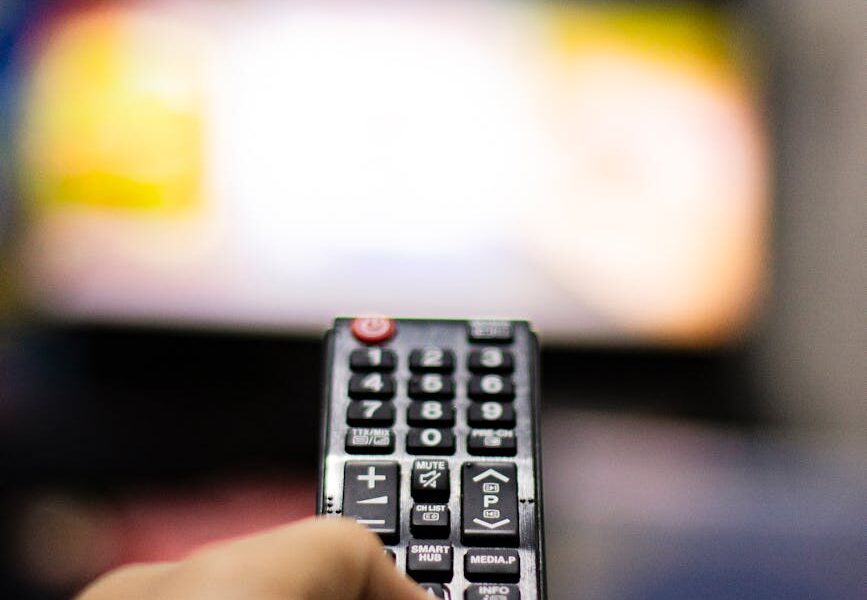

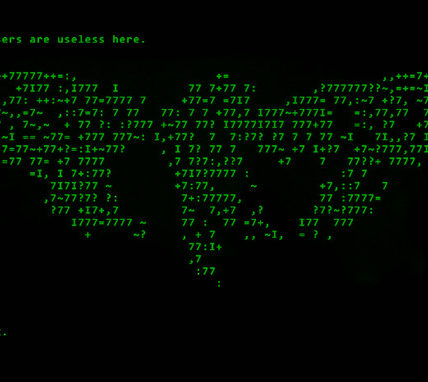
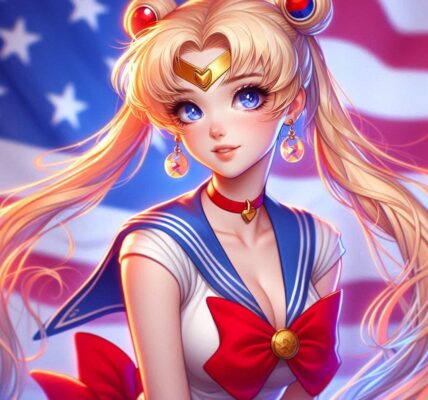
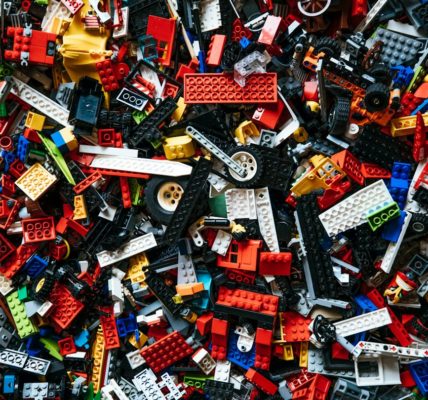
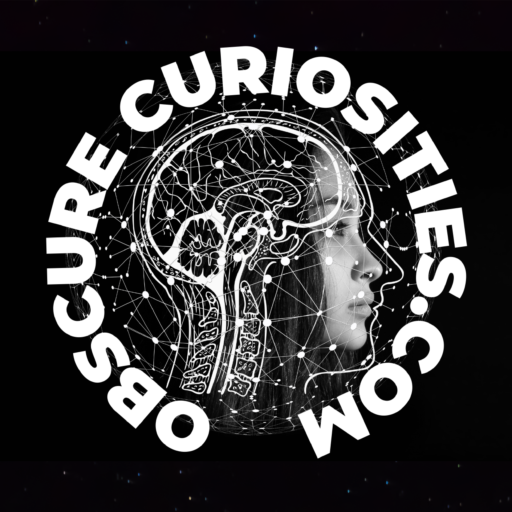



RECENT COMMENTS